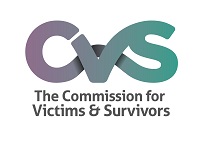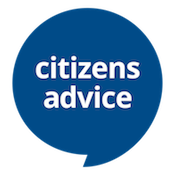×
Standards and Criteria – Needs

Standard: NEEDS
Victims receive an appropriate initial response which is reflective of their potential needs
- Referrals are appropriately triaged to determine the most appropriate method and speed of contact considering factors such as crime type and vulnerabilities
- Any initial response from the service (e.g. verbal, letters, emails or texts) is sensitive and appropriate to the victim’s experience, and enables them to make an informed decision about accessing the services on offer. This includes information on: • Why they are being contacted and how the service received their contact details (where relevant) • What things the service can help them with in ways that are easily understood •Confidentiality •How to contact the service if needed •What will happen next (if relevant)
- Unless otherwise requested by the victim, verbal contact is always attempted if: •Vulnerabilities have not already been assessed by the referring agency •Crime type or referral information suggests there may be vulnerabilities or significant need •Victim has expressed a specific request to receive a service e.g. via self-referral or third party referral
- At least 3 attempts are made (including out of office hours) to make initial verbal contact and, if unsuccessful, other methods are then used to explain that calls have been unsuccessful and to invite the victim to contact the service
Victims receive a prompt service in a timescale that is appropriate to their needs
- The service responds to the victim (with at least an acknowledgement of receipt) following all service enquiries or inward referrals within 2 working days of receipt
- Verbal contact is made with victims within 5 working days of receipt of referral in order to assess vulnerability and need and to promptly meet support needs that can be addressed easily, or are urgent
- Victims receive an offer of a more comprehensive needs assessment and support service within 10 working days of saying they want it, but sooner if needs have identified a quicker response is needed
- Response times are monitored and reviewed by senior management on a regular basis and action is taken to improve where needed
- Victims are made aware of the timescales for contact at each stage
Victims are effectively and sensitively assisted to identify their needs
- There is a clearly defined and effective victim-led approach to needs assessment which is responsive to individual circumstances which is known to practitioners
- A conversational approach, using sensitive open questions and active listening, is used to identify needs; it should not be delivered as a tick box activity
- Victims are assisted, through the creation of an appropriate environment, to identify : •Aspects of their lives affected by their experience including how they are feeling/ coping and any difficulties they have •Factors that might influence their capacity to manage the effects of their experience e.g. health, disability, housing, finances etc. •The range of emotional, practical and information needs they may have (this may not be conducted until they receive a full service).
- The needs of victims are reviewed during the support process to check if these have changed and ensure new needs are identified










